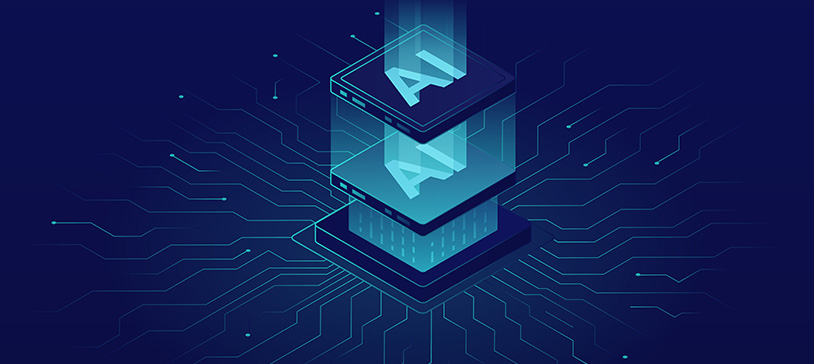
WE MUST DEFEND THE THESIS

AI in K-12 Education: Opportunities and Costs
After our most recent Canon U.S.A. advisory board meeting, it was obvious that the realm of K-12 education is undergoing a seismic shift, with Artificial Intelligence (AI) at the epicenter of this transformation. As with any technological advancement, AI brings with it a great deal of possibilities and challenges, reshaping the way students learn and teachers instruct.
Our advisory group had the unique perspective that there is great opportunity in AI and that fear does us no good. The integration of AI into the classroom is not just about streamlined administrative tasks, but about enhancing the learning experience for students and aiding teachers in delivering more personalized instruction. From smart content creation to data analysis that predicts student performance, AI is revolutionizing the educational landscape.
Paul Murphy, Vice President, Major Accounts & Vertical Markets at Canon U.S.A., Inc. stated, “We must defend the thesis.” In other words, amidst the excitement surrounding AI’s potential, the essence of education still remains. Did the students genuinely learn? Did the teachers effectively teach? And did the educational institution fulfill its mission, irrespective of the tools at its disposal?
While AI promises efficiency and personalization, it comes with a price tag that goes beyond monetary costs. AI systems, especially the advanced ones, require significant resources for their operation. The infrastructure needed to support AI tools, especially in large-scale educational settings, can be resource-intensive.
Pundits have often highlighted the substantial resources required to deliver what might seem like simple AI-driven solutions. The cost isn’t just financial. The environmental impact, in terms of water usage, electricity consumption, and heating, can be considerable. For schools operating on tight budgets, these costs can pose significant challenges.
On the brighter side, AI is proving to be a game-changer in areas beyond classroom instruction. Take, for instance, the realm of procurement. Civic Initiatives, a group comprising former CPB’s and CPPO’s, is leveraging generative AI to simplify the Request for Proposals (RFP) process. By automating research generation, they are streamlining a traditionally cumbersome process, which can be particularly beneficial for K-12 procurement professionals.
Overall, the emergence of AI in K-12 education is a double-edged sword with concepts that we can get excited about and others that make us nervous. While it offers unprecedented opportunities for enhanced learning and administrative efficiency, it also brings forth challenges related to resource consumption and environmental impact. As educational institutions navigate this new world, it’s imperative to strike a balance. The focus should always remain on the core tenets of education: ensuring students learn, teachers teach, and institutions fulfill their mission, regardless of the tools they employ. In other words, we must defend the thesis.


